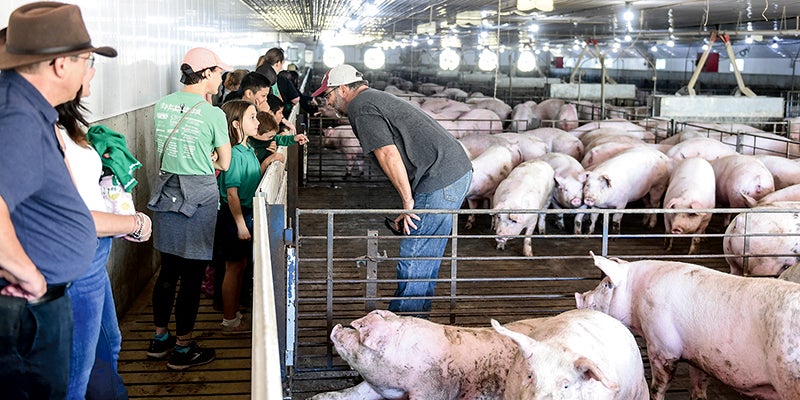Minnesota prairie restorers recruit a surprising ally: cows
Published 9:51 am Thursday, June 30, 2016
By Britta Greene
MPR News/90.1 FM
Records say when the first plows sliced through the great Midwestern prairie, a popping sound rang through the air like a volley of pistol shots. It was the sound of millions of roots snapping against the plow’s steel blade.
Vast tallgrass prairie once covered about a third of Minnesota’s landscape. But less than 2 percent of that native grassland remains, much of it plowed under for agricultural use.
“The places where you still have prairie and grass, are places where it was very difficult, or unprofitable to farm,” Steve Chaplin, prairie conservation coordinator for Minnesota and Dakotas for the nonprofit Nature Conservancy, said he stood on a stretch of prairie outside Moorhead.
Now, though, state agencies and private conservation groups are pushing ahead on plans to preserve tracts land — and cattlemen and their cows are playing a surprisingly important role.
Preserving prairie has meant figuring out ways to mimic certain elements of the environment before settlers moved in. Conservationists say cattle can mimic much of the grazing patterns of bison, which once covered the prairie and whose presence was vital to the ecosystem.
“We, the conservation community in general, have been saying cows and conservation don’t work together,” said Greg Hoch, prairie habitat team leader for the Minnesota Department of Natural Resources. “After further research … we’ve figured out cows and conservation can work very very well together.”
Cattle are not a perfect proxy for bison, as the animals have different styles of grazing. For one, cattle are more preferential to certain plants. And bison would tend to graze an area very intensely, only to leave for long periods of time, sometimes years. So land managers have to carefully track the duration and intensity of cattle grazing to best model historic conditions.
The DNR and other conversation groups have been working for the past several years to forge relationships with cattlemen nearby to grasslands.
Contracts between land managers and ranchers can vary from case to case, but typically no money changes hands, Hoch said. Ranchers must agree to stipulations around land use, and Hoch emphasized the benefits observed on the land, including improvements to plant and wildlife health and diversity.
Land managers can turn to controlled burns or mowing to provide some of the same benefits as cattle grazing, but these tools have certain drawbacks and limitations.
Grant Breitkreutz, a leader in the Minnesota Cattlemen’s Association who raises cattle in southwest Minnesota, said he’s been satisfied with his experience grazing DNR land over the past several years. But he said it’s been hard to watch how slow the program is growing overall.




